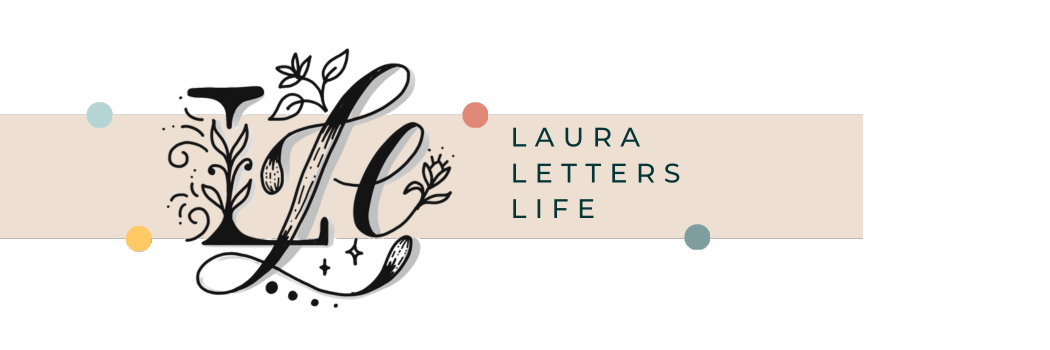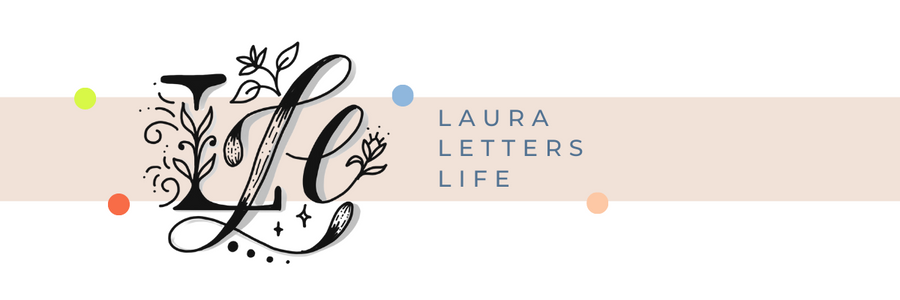Six ways to kick-start your creativity
First things first, shake off that pressure to DO anything. Creativity shouldn’t feel forced, pressured or like you ‘should’ be making and creating. The times when we aren’t feeling inspired can be periods of great rest. But even though we know all this, when we love to create, those quiet times and those creative blocks, can leave us feeling uneasy and worrying why we just can’t.
I find holidays and busier times - either extreme - can make me procrastinate or suck my creative juices dry, speaking to others I know I’m not alone in this. And neither are you. All great artists have experienced moments of low creativity. It’s not fun, but are you really an artist if you haven’t?
In any case, how do we kick-start those creative cannons when we feel a sense of lack, or just uninspired? Below I have whipped up my favourite tips and tricks to get you back on the creative track…let me know how you get on.
1. Lift that weight and shift your perspective
As I mentioned, feeling like you ‘should’ be creating can add additional pressure. It’s like demanding to know in 3 seconds what your favourite song of all time is. Chances are you can’t think quick enough. And we know: making great things can take time.
“…to yell at your creativity, saying, “You must earn money for me!” is sort of like yelling at a cat; it has no idea what you’re talking about, and all you’re doing is scaring it away, because you’re making really loud noises and your face looks weird when you do that.”
― Elizabeth Gilbert, Big Magic: Creative Living Beyond Fear
Sometimes simply lifting the pressure to ‘do it now!’ can allow us the head space we need to find a spark of inspiration.
2. Feeling all the feels
Try noticing how you’re feeling about making something. Is there a fear of producing something you/others won’t like? A new tool you need that is a faff to get? Space and time to explore new ideas? Or do you just not really want to create right now?
Taking a moment to notice how you’re feeling can often provide its own inspiration towards a project, an idea… or simply provide a sense of direction, colour or words that can take us to the next step.
Remember these words and repeat after me:
“Have no fear of perfection, you’ll never reach it.”
– Salvador Dali
3. Start at the start
When we create often, we can often forget there is a journey. This process is really more important than the end result. Many times I find myself trying to picture how I want something to look at the end - I reach for the nice paper, the pen, the final tools to produce something and charge ahead skipping out essential creative processing time and feeling underwhelmed by the outcome.
“Great things are done by a series of small things brought together.”
– Vincent Van Gogh
Starting at the start triggers the beginning of something. Grabbing a pencil and scrap paper, sketching ideas out. Playing with words, or images in new ways and filling a blank space with anything but the final piece allows much of the creative process to unfold and develop into something - possibly vastly different to how we envisioned it at the start.
There’s some great books and resources out there to try little creative activities, like 365 Days of Art by Lorna Scobie.
But just starting something, somewhere, in some way is in fact, a start.
4. Listen to the rhythm, look for the pattern
Ideas can drift in and out of our consciousness hundreds of times a day (Big Magic by Elizabeth Gilbert, is a great book for more on this). But when we’re looking or waiting for an idea it often feels like there are none. Instead, when this happens, I am learning to listen to the rhythm of my day, my week; to look for the patterns and signs. When I reflect back I notice themes. Like little motifs and messages repeating quietly in the background.
This can be a great source of inspiration. A feeling or an idea to play around with, even if it's not entirely clear in the beginning. There is always information out there and it’s always telling you something.
“The universe buries strange jewels deep within us all, and then stands back to see if we can find them. The hunt to discover those jewels––that's creative living.”
― Elizabeth Gilbert, Big Magic: Creative Living Beyond Fear
5. Flick the switch
“Switch” is the key word here. Our creative practice can become so automated our system stops feeling those important sparks of information, or decision-making opportunities that induce a sense of success or failure, or moments to navigate and problem-solve.
Instead, when I feel like I’m stepping on the automated hamster wheel, I like to start with something new. You don’t have to start a whole new project, or learn a completely new practice (although this can be really enlightening), but simply setting yourself up with a new tool, trying out a new method, experimenting with a different surface can help us find a new pathway and spark new ideas.
It could even be your environment. For one TV show writer, Aaron Sorkin, he was known to sometimes take six showers a day.
“For him, the process of changing his environment and mood is helpful to this creative state. You don’t have to shower so many times a day, but sitting behind your desk all day long might not be the best way to let your creative side unleash itself.” - Yair Nativ, lifehacks.org
Change your environment (above), and consider your sensory landscape (below)
6. Create your sensory landscape
Finally (and probably my most favourite of the lot), we are often so focussed on the art of creating something that we can forget how important the environment to create in is. There have been recent articles, over lockdown and the working from home boom, into creating a space that supports productivity and can help boost inspiration.
“Sensory landscape design is a framework used by designers like landscape architects, and others, that considers all human senses when designing a space in order to offer a deeper understanding of our surroundings and our role within a given landscape.” - smartcitiesdive.com
In particular, fascinating stuff about shifting to a post-pandemic sensory view of environments.
“We now, more than ever, need to harness the multi-dimensionality of senses to understand what we want our ‘new normal’ to be ‘filled with’ – from the places we call home, to the places we yearn to leave home for. - epicpeople.org
But a sensory landscape can be created anywhere. Think about your environment when you’re working or creating. What sense of smell do you want to small? Candles, incense, fragrances? What about sound - radio, playlists, podcasts, silence? And visual stimulation - colours that lift you, positive art, plants, lighting can all help productivity.
My go-to landscape for creating in would be:
Smell: freshly baked croissants and coffee in the morning, candle in the afternoon/evening
Sound: radio for a bit of chat, straight to a mood boosting playlist, or a calming chill-out soundtrack
Visual: flowers, plants, decluttered desk, hand-lettered affirmations
Taste: snacks, tea or coffee
Touch: pens, pencil, cosy cardigan/blanket, cushion for comfort - maybe even a hot water bottle if it’s chilly
I’ve created a sensory landscape planner - download it here for free. Sometimes creating a plan opens our eyes and minds to lots of new ideas to inspire us!
Join me for a workshop in 2022 and kick-start your creativity with calligraphy.





